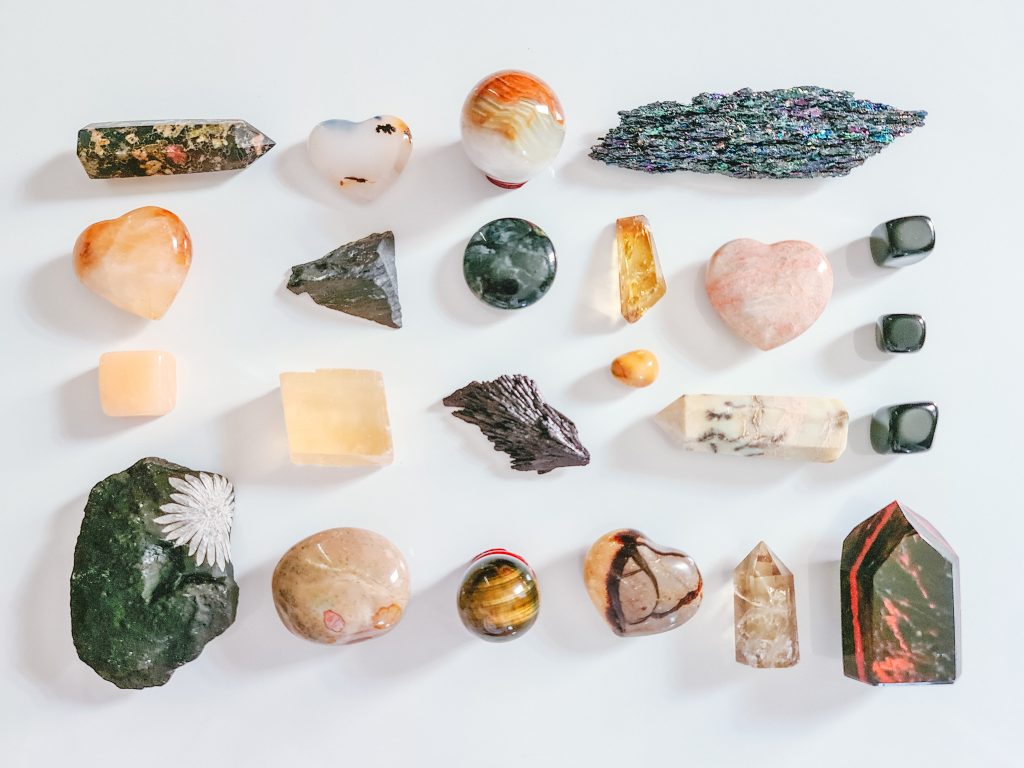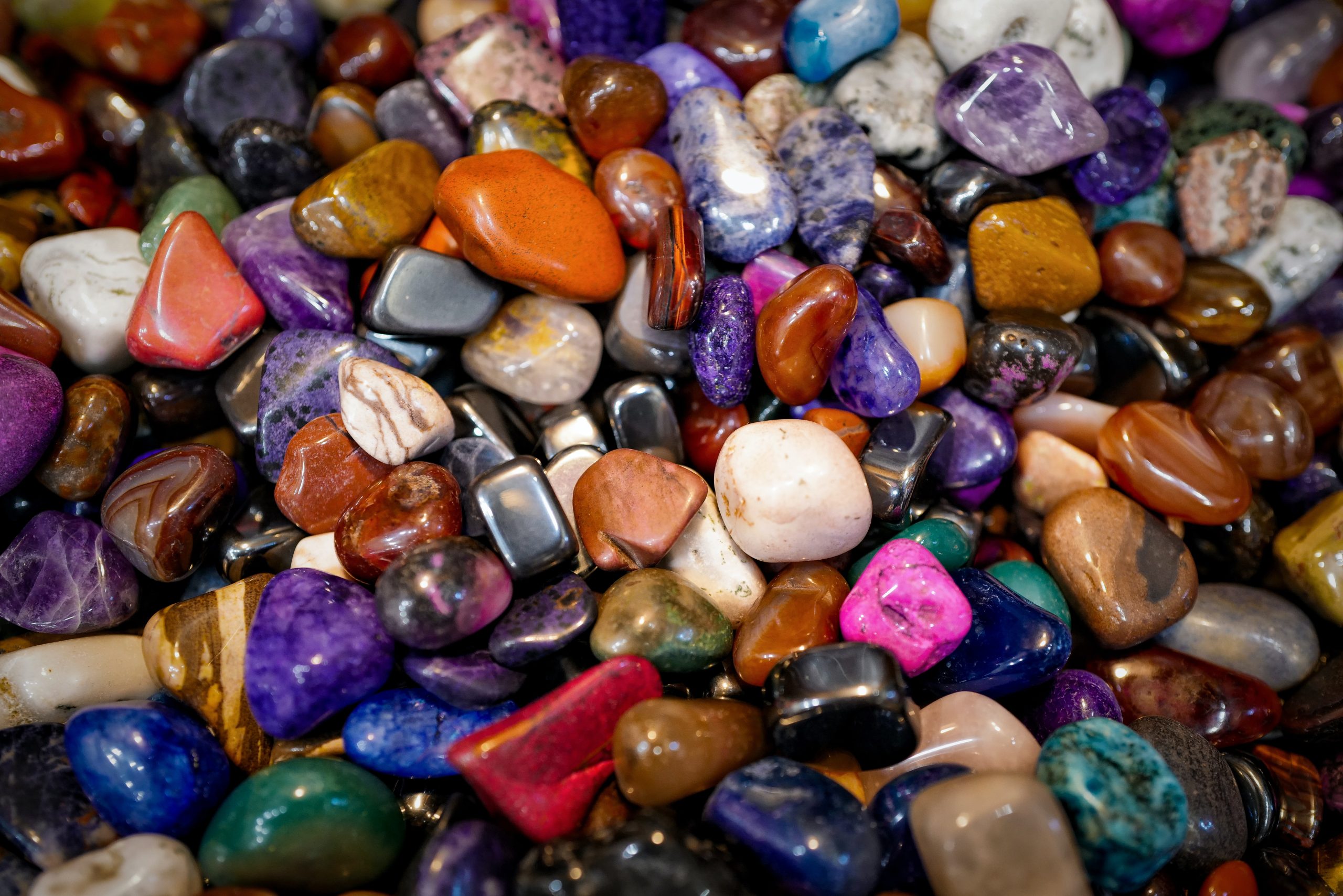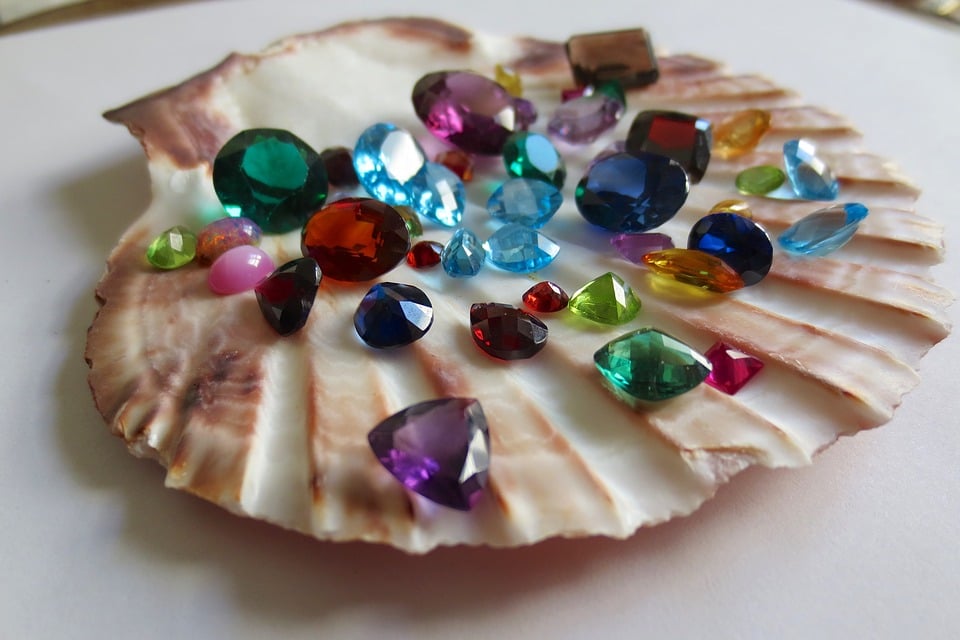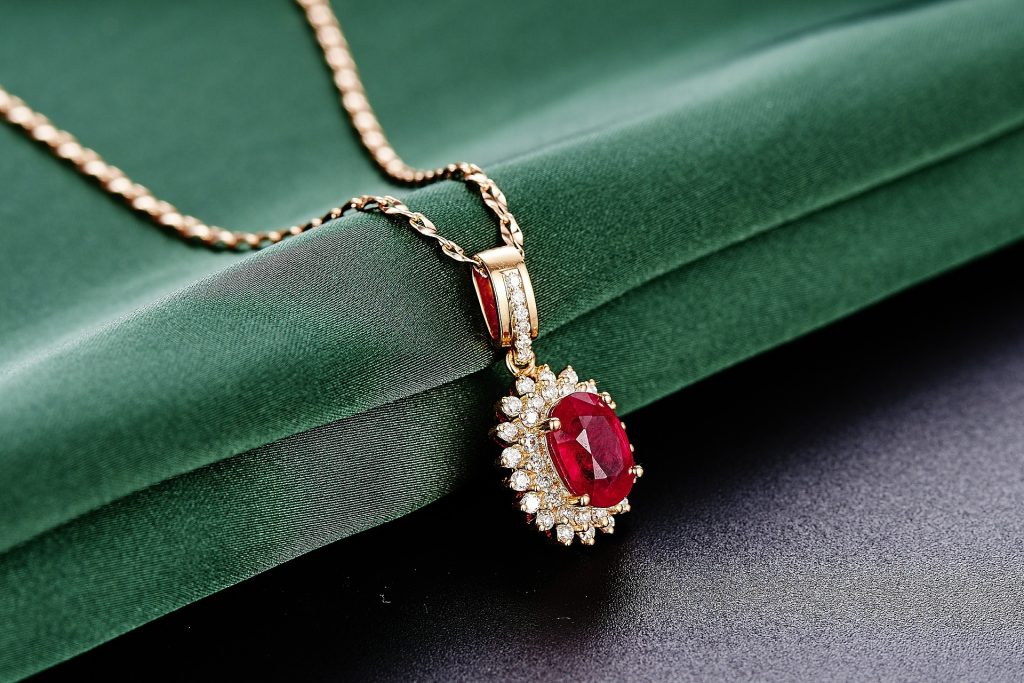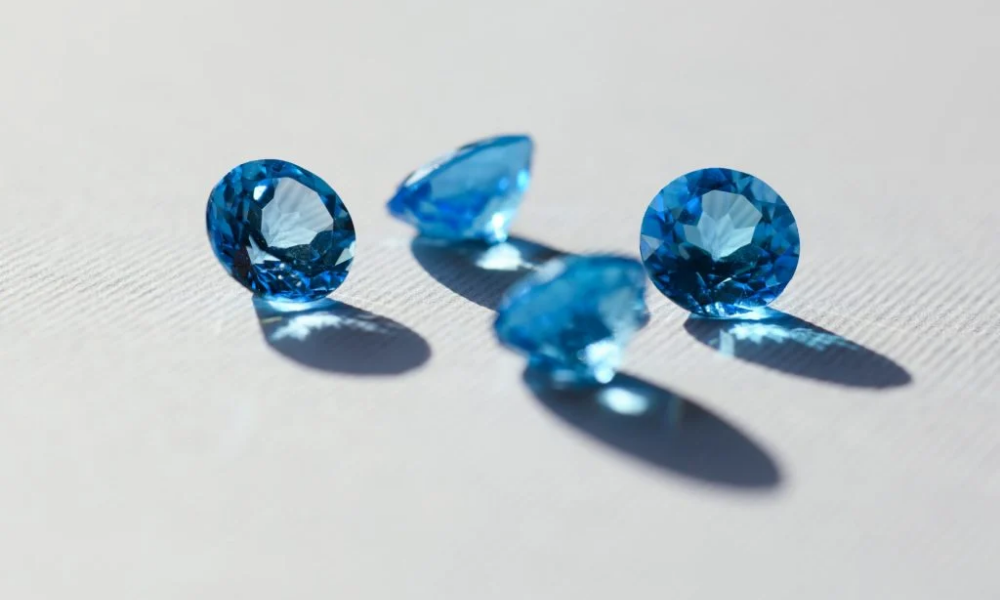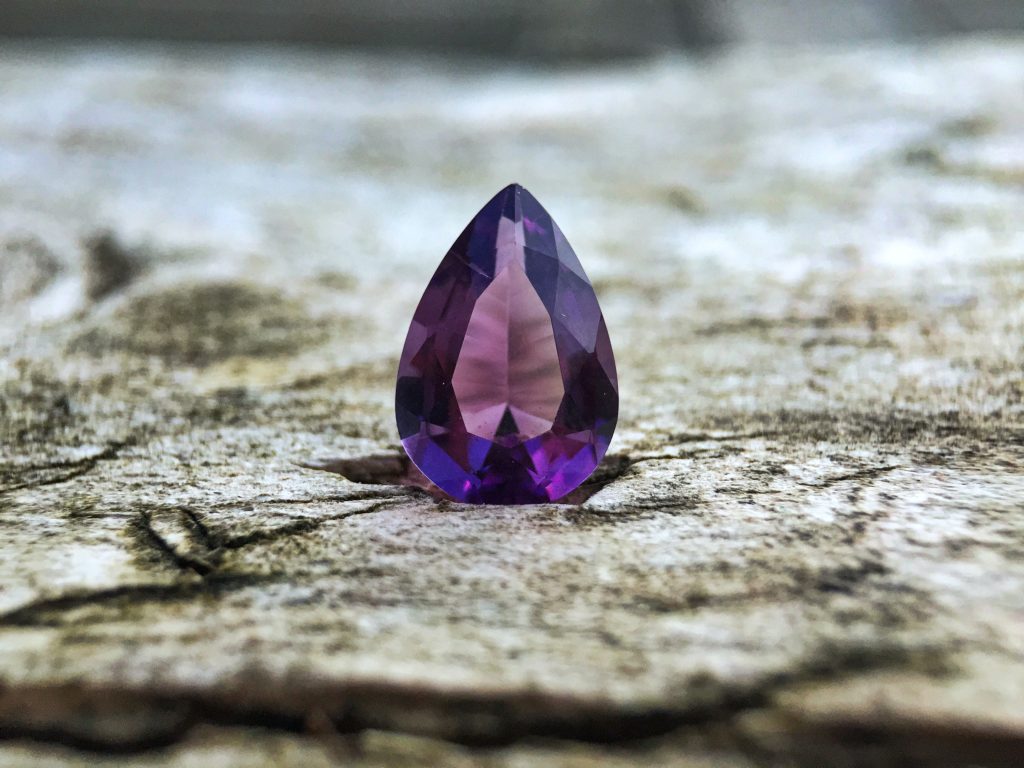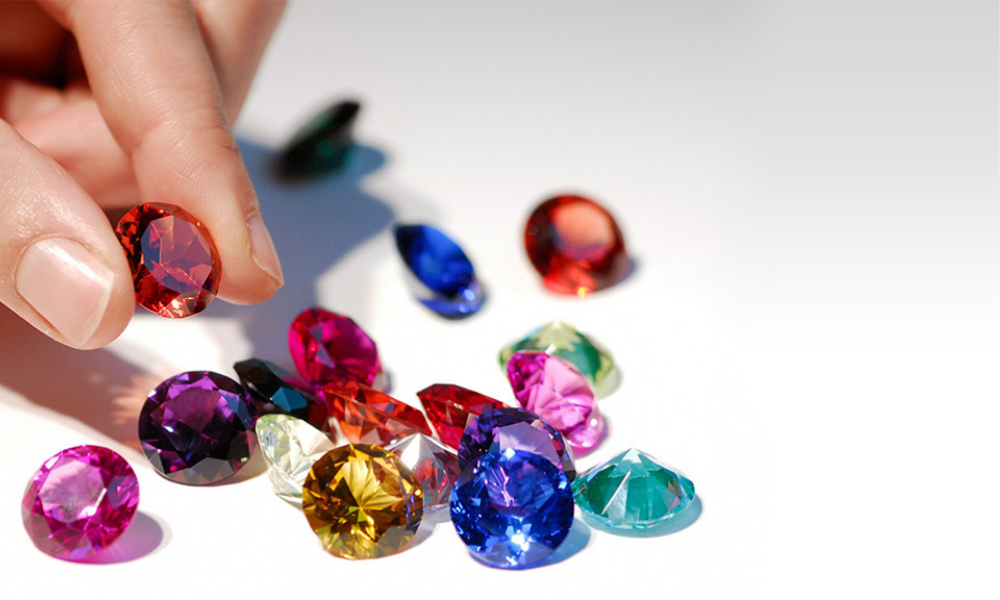Have you ever wondered what makes a gemstone different from a mineral? Did you know that there is a lot of disagreement about what qualifies as a gemstone? While we can usually identify a mineral or a rock quite accurately, this is not always the case with gemstones. For a start, gemstones are utilized in jewelry and ornaments for aesthetic purposes. The word is becoming increasingly cluttered as lab-created gemstones become more common. Minerals are found in abundance in the earth’s crust. A gemstone is technically defined as a fragment of mineral crystal, although the definition has evolved to include a few other items. Amber is a gemstone that grows on trees and cannot be categorized as a mineral.
Gemstones have a different aesthetic and commercial worth since they are utilized in jewelry. As a result, rather than the internal structure, its value has become one of its primary qualities. Gemstones and minerals are two terms that are frequently used. These two terms are confusing because most gemstones are minerals, and minerals are a broad term, but some gemstones aren’t minerals, such as Amber.
Difference Between A Mineral And A Gemstone
A mineral is a solid that contains minerals. A gemstone is a crystalline form of a specific type of mineral. It is an inorganic substance with no specific atomic structure or chemical composition. Generally, rocks are made up of two or more minerals and are considered rocks. However, there are also non-mineral gemstones formed from living organisms such as plants and animals.
When it comes to gemstones, the differences aren’t all that large. The most straightforward stones have the identical chemical make-up as minerals. For example, diamonds are made of carbon and other metals. On the other hand, corundum is made of aluminum and oxygen, and its formula is Al 2 O 3. This means that the molecules of corundum contain two aluminum atoms and three oxygen atoms. Other gems have more complex chemistry. For example, tourmaline has a chemistry of Na, Al 6 B 3, Si 6 O 27 (OH)3.
Although the physical properties of gemstones vary, the definition of a mineral does not refer to its hardness. While many gems are tough, there are also soft, brittle, or translucent materials that have no hardness. Regardless of the type, seven distinct properties distinguish a mineral from a gemstone. In addition, the definition of a mineral does not necessarily pertain to its chemical makeup.
Minerals
Minerals are generated as a result of geological processes and are thus naturally occurring inorganic compounds, according to mineralogy, the science of minerals. They have a unique chemical and physical makeup, with a highly organized atomic structure often crystalline. It’s incredible to think that each of the 2,000 known minerals has a distinct makeup. Color, luster, streak, fracture, cleavage, hardness, and crystal structure are all qualities that can help you identify a mineral.
Color, shape, luster, streak, hardness, cleavage, and fracture are all classification systems used by minerals. Most of them are self-explanatory, but if you travel through Colorado’s mountains and gaze at the rocky cliffs, you’ll notice some variant of all of them. Minerals are plentiful, but because they are so easy to come by, most of the 2,000+ varieties are worthless.
Gemstones
Gemology is a discipline of mineralogy that studies gemstones. It divides gemstones into two types: amorphous and crystalline. Crystalline gemstones are minerals, which means they have a defined and consistent atomic structure. Ruby, emerald, and garnet are examples of crystalline gemstones. A mineral must have economic and aesthetic value to be designated as a gemstone. Because of its beauty and durability, it is chosen to be cut, polished, and utilized in jewelry manufacturing.
If they have decorative applications, even rocks can be regarded as jewels. Lapis lazuli is an example of this. In addition, some organic compounds are categorized as jewels despite the fact that they lack a crystalline structure. Amber and coral are examples of this. Furthermore, they are classed as mineraloids rather than biological minerals.
Gemstones are frequently thought to be scarce, which is only partially accurate. For example, while amethyst was formerly highly uncommon, it is no longer so. Similarly, while its scarcity made it exceedingly expensive in the past, its value has now fallen.
Why Are Gemstones More Expensive Than Minerals?
Gemstones are created by cutting the most beautiful minerals expressly to make jewelry. Finding minerals with excellent enough formations to extract any jewels reduces the yield. The fact that you must then cut and transport the gemstone professionally adds to its value. The extra minerals found during digs can be useful, but the real money is in the gemstones they can obtain.
As you might expect, the earth’s crust isn’t exactly brimming with gem-worthy minerals. Finding the correct deposits is critical and necessitates a great deal of scientific knowledge and observations. And, of course, some folks are simply fortunate.
What Is The Value Of Gemstones?
There are about 200 different types of gemstones on the planet. Diamonds, rubies, emeralds, and sapphires, for example, command prices that reflect their high worth. Affordable gemstones like peridot and citrine are on the lower end of the spectrum. What distinguishes one gemstone from another? The gem’s overall value is determined by factors such as the gemstone’s kind, color, cut, and clarity. We’ll compare gemstones by value in this post, starting with the most valuable and working our way down to the most affordable. We’ll start with a look at how we value gemstones and then move on to gemstone valuation. Let’s get this party started.
Continue reading for a complete value comparison of gemstones, starting with the top 5 most valuable gems and ending with the cheapest jewels. The worth of gemstones will be shown in order below, along with the price per carat. Keep in mind that these are only rough estimations, as all of the above factors significantly impact the value of each gemstone. Because each gemstone is one-of-a-kind, a general value is a range rather than a fixed price. It’s advisable to scrutinize each gemstone carefully before purchasing and keep in mind that gemstone costs vary greatly. Let’s look at gemstones in terms of their worth and average price per carat.
Most Valuable Gemstones
The top four precious gemstones fall into this category, and they will always have the highest market value.
- Diamonds: $4,500-$6,000
- Ruby: $4,625
- Emerald: $500-$1,100
- Sapphire: $450-$1600
Affordable Gemstones By Value
Each of the gemstones on this list is less expensive than precious jewels, however, they range in price from cheap to expensive, depending on the gem’s quality.
- Spinel: $200-$500
- Aquamarine: $100-$200
- Opal: $60-$100
- Amethyst: $15-$100
- Turquoise: $10-$100
- Peridot: $50-$80
- Agate: $5-$100
Cheapest Gemstones By Value
These are, in general, your budget-friendly gemstones that are commonly available and inexpensive.
- Amber: $50-$60
- Lapis Lazuli: $20-$50
- Jade: $10-$100,000 (this stone is both high value and low, depending on the type of jade)
- Quartz: $8-$65
- Citrine: $10-$30
- Jasper: $2-$5
That concludes the discussion. We’ve gone over the entire value comparison of gemstones. As you can see, the value of gemstones spans a wide range. The value and price of a gemstone are heavily influenced by carat, cut, clarity, and color factors. Keep this list on hand to help you make well-informed gemstone purchases online! Have fun shopping!
What Are The Different Types Of Minerals?
The chemistry and crystal shape of minerals are used to classify them. Metallic and non-metallic minerals are the two sorts of minerals.
Metallic Minerals
Metallic minerals have a lustrous appearance and a chemical composition that includes metals. These minerals have the potential to be used as a metal source and can be mined. Metallic minerals include the following: Metallic minerals include manganese, iron ore, and bauxite, which are classified as ferrous or non-ferrous. Non-ferrous minerals do not contain iron, while ferrous minerals do.
Non-metallic Minerals
Minerals with a non-metallic sheen or shine are known as non-metallic minerals. Their chemical makeup does not contain any extractable metals, and Non-metallic minerals include limestone, gypsum, and mica.
- Bauxite ore is mainly found in worn rocks. In some areas, bauxite deposits can be found in volcanic rocks.
- Iron ore is converted into iron metal. It can never be found in its purest form and must be derived from iron ore by removing impurities.
- Gold is the world’s oldest and most valuable element.
- Manganese ore is a silvery brittle or grey-white metallic ore that can be found in various forms all over the world.
What Is The Difference In Minerals vs. Non-Mineral Gemstones?
Although most gemstones are minerals, there are a few that aren’t. Minerals are inorganic substances with specific chemical composition and crystalline structure that occur naturally in the Earth’s crust. Color, hardness, crystal shape, specific gravity, luster, fracture, and tenacity are among the characteristics that distinguish minerals. We call a mineral a gemstone when considered rare and extraordinarily beautiful (for instance, diamond, emerald, ruby, and sapphire). Minerals can be gemstones, but gemstones can’t always be minerals.
Minerals are made up of rocks, but rocks are not made up of minerals. A rock is a natural, inorganic, solid substance with no defined atomic structure or chemical composition. It’s a hard solid made up of two or more minerals that have all been firmly bonded together. Non-mineral or organic gemstones, such as pearl, coral, amber, ivory, and jet, are made from living organisms such as animals and plants that have evolved into magnificent gemstones through natural processes.
What Is The Difference In Natural vs. Synthetic Gemstones?
Natural gemstones are discovered in nature and are formed deep within the Earth before being extracted. They’re occasionally augmented, implying they’ve been given a special treatment to boost their color or clarity. This frequently necessitates the use of heat or mild chemical reactions, and the stone’s value might be affected by the type and intensity of treatment.
Synthetic or lab-made gemstones, on the other hand, are generated by human and machine labor in laboratories. They’re chemically, physically, and optically identical to natural stones. Lab-created gemstones, of course, lack the uniqueness of natural gemstones, making them less costly. Almost all prominent gemstones are now available in synthetic form. Some current synthetic gemstones have a more natural appearance and are more difficult to spot, although a skilled jeweler or gemologist can generally spot them.
Conclusion
In conclusion, we can tell the difference between a mineral and a gemstone based on their composition and application in jewelry. Minerals are usually crystalline, and if a gemstone has a crystalline composition, it is considered a mineral. We call a mineral a gemstone if it is considered rare and extraordinarily beautiful. The same is true of rocks.
Gemstones, rather than minerals and rocks, are preferred by the jewelry and timepiece industries because of their beauty and toughness. It’s no surprise, then, that reputable jewelry businesses in Chula Vista and around San Diego employ Graduate Gemologists, who have a thorough understanding of various gemstones as well as their extensive use in jewelry and timepieces.

